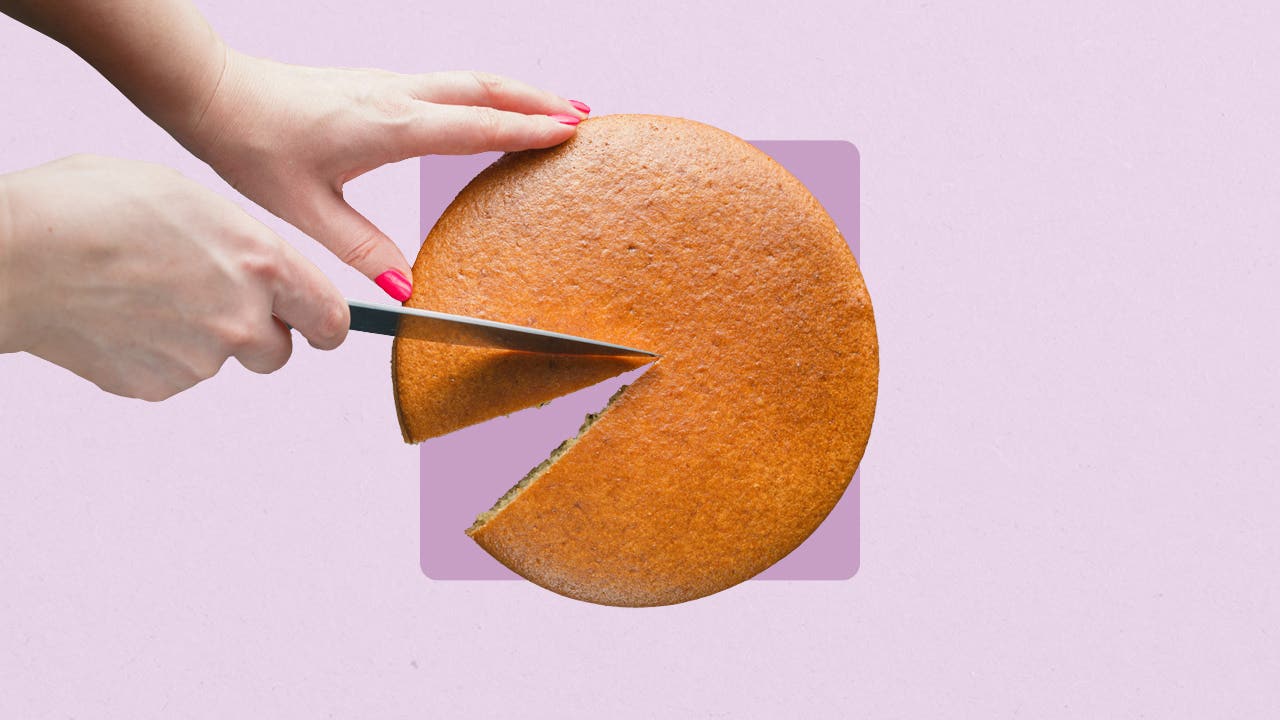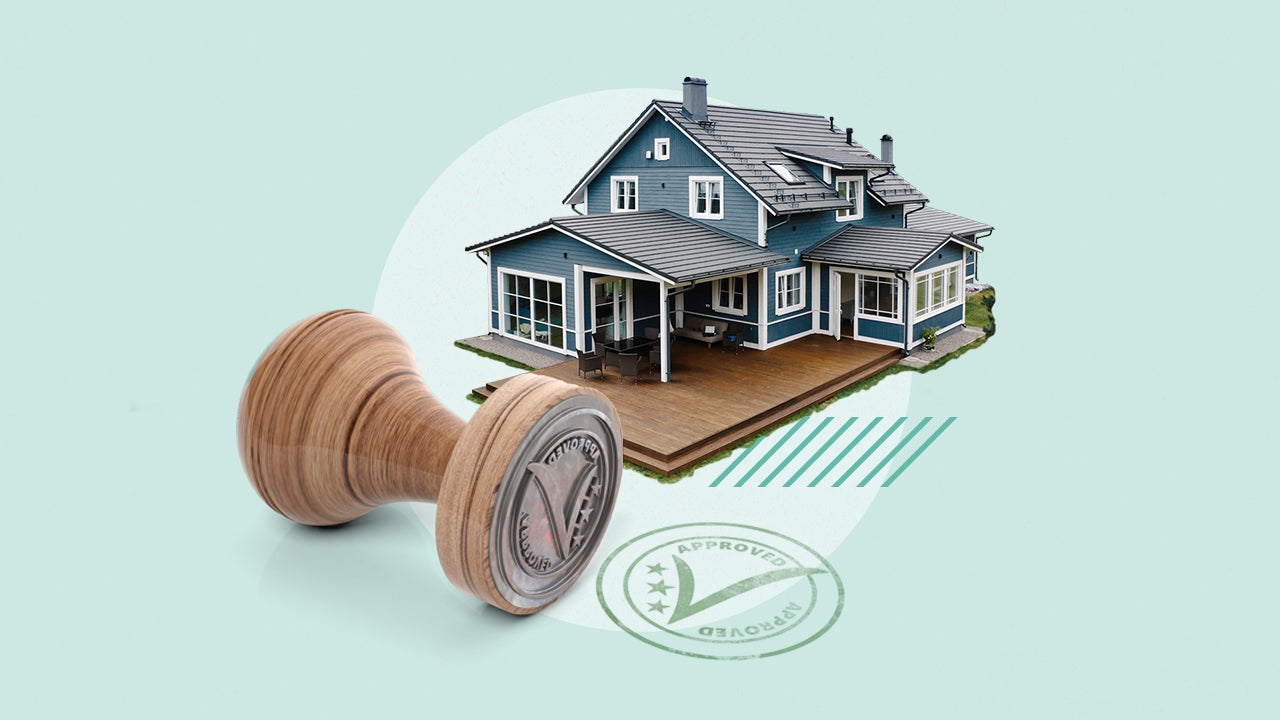How to increase your mortgage preapproval amount

Key takeaways
- When you get preapproved for a mortgage, you’ll learn how much you can borrow and at what rate. If the amount is too low, you might not be able to buy the home you want.
- To raise the loan preapproval amount, you might need to increase your income, lower your debt, improve your credit or do a mix of these factors.
- There are other ways to increase the preapproval amount, such as adding a co-borrower or paying points.
One of the first steps when buying a home is to get a mortgage preapproval. A preapproval is a document indicating a mortgage lender is willing to provide you with a specific amount of financing for a home. If you need a bigger mortgage, you might need to take some steps to get preapproved again for a higher loan amount. Here’s how to do it.
What is mortgage preapproval?
A mortgage preapproval is the process by which a mortgage lender conditionally approves you for a loan based on your credit and finances. It involves a credit check and review of your income, assets and debt. The preapproval is a formal document that states how much the lender is willing to loan you and the interest rate. It isn’t a guarantee you’ll get financing, but it’s a likely indicator, and an important document to have when making offers on homes.
Can my mortgage preapproval amount be increased?
It’s possible that your mortgage preapproval amount is too low and won’t fit your needs or work for the market you’re looking to purchase in. You might be able to increase your preapproval amount if you can demonstrate that you can in fact afford a more expensive mortgage.
How to get preapproved for a higher loan amount
To get a higher mortgage loan amount, there are a few things you can do:
Improve your credit score
The higher your credit score, the lower your mortgage interest rate. With a lower rate, you’ll have a lower monthly payment, which can help shift your debt-to-income (DTI) ratio so you qualify for a slightly larger loan.
“Having a higher credit score may allow you to qualify for a higher mortgage [amount], but only to a certain extent,” says Matt Hackett, operations manager at Equity Now, a New York-based mortgage lender.
Here are some strategies to boost your credit score:
- Pay all bills on time
- Check your credit report and dispute errors, if any
- Use credit cards sparingly, and ideally no more than 30 percent of your limit
- Avoid applying for new credit, including loans
- Request higher credit card limits
- Report your rent payments to the credit bureaus
Show more income
Your income impacts how much you can borrow. The more you make every month, the more money you’ll have available to put toward a loan.
The good news is you don’t necessarily have to get a much higher-paying job or snag a raise. In addition to salary or wages, you might be able to use other sources of reliable income to qualify, such as:
- Interest or dividends from investments
- Income from rental property
- Alimony or child support
- Money earned from a part-time job or side business (provided you’ve earned the income for at least the past two years)
- Income from a pension, retirement account or Social Security benefits
Realtor Denise Supplee, for example — co-founder of Spark Rental, a Pennsylvania-based website for rental property investors — needed more income to refinance, and thought of her live-in mother.
“Originally, my mother was not on the loan, nor did we have her pay any of the expenses,” says Supplee. “However, in the refinancing, I asked our loan officer if we could use her Social Security income to get the job done.”
It worked.
Pay off other debt
When you apply for a mortgage, the lender looks at your DTI ratio, which is the percentage of your monthly income you’re using to cover repaying debt. A DTI ratio of 36 percent or less might help you qualify for a larger loan.
Paying off a credit card or installment loan can make a huge difference in this figure, says Jennifer Beeston, senior vice president of Mortgage Lending at Guaranteed Rate in San Francisco, California.
“Often, I will see on someone’s credit a debt with a $2,000 balance and $300 monthly payment,” says Beeston. “Paying that off is a quick and easy way to increase how much you qualify for.”
You might also be able to lower your DTI ratio in other ways, such as reducing credit card balances with a balance transfer card with a lower APR or zero-interest period; refinancing an auto loan to lower the payment; or consolidating debt into an installment loan.
Get more than one quote
To help find the best mortgage rate, it’s always a good idea to get at least three quotes, but there’s another benefit to that, too: One or more lenders could preapprove you for a higher amount.
Keep in mind: With more than one quote, you might have leverage to go back to a preferred lender and see if it’ll increase the loan amount.
Buy down your rate
If you have the extra cash, you can pay points to buy down your interest rate. This will lower your monthly payments, which can help you qualify for more mortgage.
“Not only will you qualify for a higher loan amount, but you will save thousands of dollars over time, too,” says Casey Fleming, a mortgage advisor and author of “The Loan Guide: How to Get the Best Possible Mortgage.”
Add a co-borrower
Adding a co-borrower to your mortgage, especially if that individual has strong credit and a steady income, might help increase your mortgage preapproval amount. The co-borrower’s income, coupled with your own, increases the total income the lender can use to qualify you for a loan.
Keep in mind, though, that a co-borrower brings their liabilities as well as their assets to the table. If the co-borrower has a lot of debt or bad credit, adding them to the application could hurt, rather than help, your chances.
Build cash reserves
While you won’t necessarily need cash reserves to qualify for a mortgage, having additional assets in the bank or elsewhere can help you qualify for a bigger loan.
How much will I be preapproved for?
There’s no single formula for determining how much you get preapproved for. Mortgage underwriters look at dozens, if not hundreds, of data points about you to determine whether to offer a preapproval and how large a loan to preapprove you for.
The best way to get preapproved for a larger amount is to have strong credit, little or no debt and a high, steady income. Borrowers with lower credit scores, limited or uneven income or high debt levels are more likely to get preapproved for less.
FAQ about increasing your preapproval amount
-
Yes, it is possible to request the lender take a second look at your preapproval amount. Be sure to assess your budget to confirm you can truly afford a higher loan amount before contacting the lender, however. If the lender won’t increase the amount, consider getting preapproved with another lender to see if it’ll offer a higher amount.
-
Maybe. When an appraiser values the home you want to buy at a lower price than the one you offered for the home, your mortgage lender won’t finance the difference. You’ll either need to negotiate with the seller to lower the offer price to the appraised value, or make up the difference yourself in cash. To avoid this, you can try requesting a second appraisal and hope for a higher valuation. Keep in mind, though: The lender might not agree to it, and the second appraisal might not turn out in your favor.
You may also like

What are commercial real estate or CRE loans?

How to get preapproved for a mortgage





